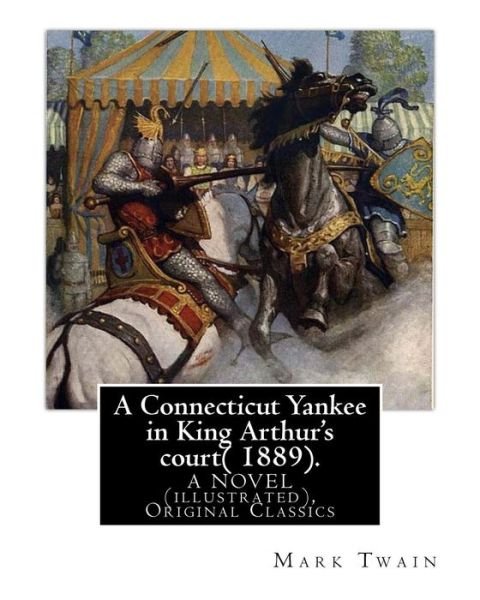
Tell your friends about this item:
A Connecticut Yankee in King Arthur's court ( 1889). By
Mark Twain
A Connecticut Yankee in King Arthur's court ( 1889). By
Mark Twain
A Connecticut Yankee in King Arthur's Court is an 1889 novel by American humorist and writer Mark Twain. The book was originally titled A Yankee in King Arthur's Court. Some early editions are titled A Yankee at the Court of King Arthur. In the book, a Yankee engineer from Connecticut is accidentally transported back in time to the court of King Arthur, where he fools the inhabitants of that time into thinking that he is a magician, and soon uses his knowledge of modern technology to become a "magician" in earnest, stunning the English of the Early Middle Ages with such feats as demolitions, fireworks, and the shoring up of a holy well. He attempts to modernize the past, but in the end he is unable to prevent the death of Arthur and an interdict against him by the Catholic Church of the time, which grows fearful of his power. Twain wrote the book as a burlesque of Romantic notions of chivalry after being inspired by a dream in which he was a knight himself, severely inconvenienced by the weight and cumbersome nature of his armor. The novel is a comedy that sees 6th-Century England and its medieval culture through Hank Morgan's view; he is a 19th-century resident of Hartford, Connecticut, who, after a blow to the head, awakens to find himself inexplicably transported back in time to early medieval England where he meets King Arthur himself. The fictional Mr. Morgan, who had an image of that time that had been colored over the years by romantic myths, takes on the task of analyzing the problems and sharing his knowledge from 1300 years in the future to modernize, Americanize, and improve the lives of the people. In addition, many passages are quoted directly from Sir Thomas Malory's Le Morte d'Arthur, a medieval Arthurian collection of legends and one of the earlier sources. The narrator who finds the Yankee in the "modern times" of Twain's nineteenth century is reading the book in the museum in which they both meet; later, characters in the story retell parts of it in Malory's original language. A chapter on medieval hermits also draws from the work of William Edward Hartpole Lecky.. Samuel Langhorne Clemens (November 30, 1835 - April 21, 1910), better known by his pen name Mark Twain, was an American writer, entrepreneur, publisher and lecturer. Among his novels are The Adventures of Tom Sawyer (1876) and its sequel, Adventures of Huckleberry Finn (1885), the latter often called "The Great American Novel". Twain was raised in Hannibal, Missouri, which later provided the setting for Tom Sawyer and Huckleberry Finn. After an apprenticeship with a printer, Twain worked as a typesetter and contributed articles to the newspaper of his older brother, Orion Clemens. He later became a riverboat pilot on the Mississippi River before heading west to join Orion in Nevada. He referred humorously to his lack of success at mining, turning to journalism for the Virginia City Territorial Enterprise. In 1865, his humorous story "The Celebrated Jumping Frog of Calaveras County" was published, based on a story he heard at Angels Hotel in Angels Camp, California, where he had spent some time as a miner. The short story brought international attention, and was even translated into classic Greek. His wit and satire, in prose and in speech, earned praise from critics and peers, and he was a friend to presidents, artists, industrialists, and European royalty. Though Twain earned a great deal of money from his writings and lectures, he invested in ventures that lost a great deal of money, notably the Paige Compositor, a mechanical typesetter, which failed because of its complexity and imprecision. In the wake of these financial setbacks, he filed for protection from his creditors via bankruptcy, and with the help of Henry Huttleston Rogers eventually overcame his financial troubles. Twain chose to pay all his pre-bankruptcy creditors in full, though he had no legal responsibility to do so....
| Media | Books Paperback Book (Book with soft cover and glued back) |
| Released | November 6, 2016 |
| ISBN13 | 9781539950820 |
| Publishers | Createspace Independent Publishing Platf |
| Pages | 202 |
| Dimensions | 203 × 254 × 11 mm · 412 g |
| Language | English |
More by Mark Twain
Others have also bought
See all of Mark Twain ( e.g. Paperback Book , Hardcover Book , Book , CD and ePUB )

 Christmas presents can be returned until 31 January
Christmas presents can be returned until 31 January



![Cover for Mark Twain · The Adventures of Tom Sawyer (Paperback Book) [Annotated edition] (2025)](https://imusic.b-cdn.net/images/item/original/980/9781963549980.jpg?mark-twain-2025-the-adventures-of-tom-sawyer-paperback-book&class=scaled&v=1718045348)










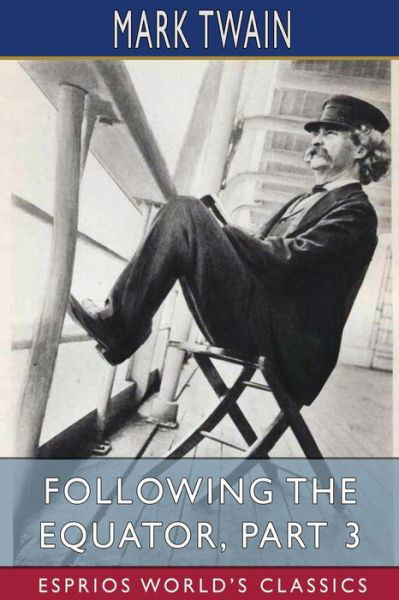
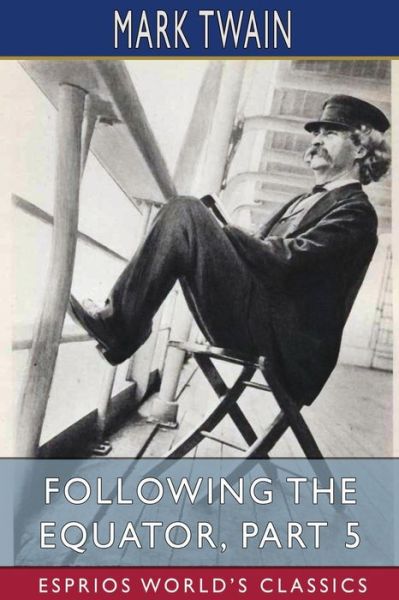

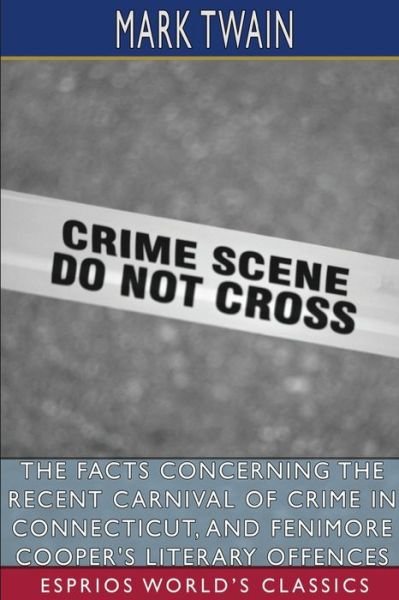
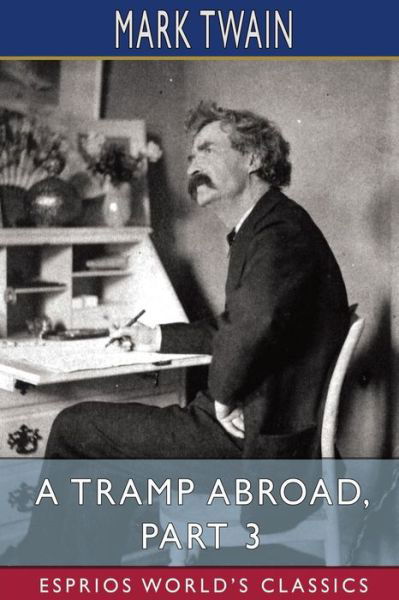




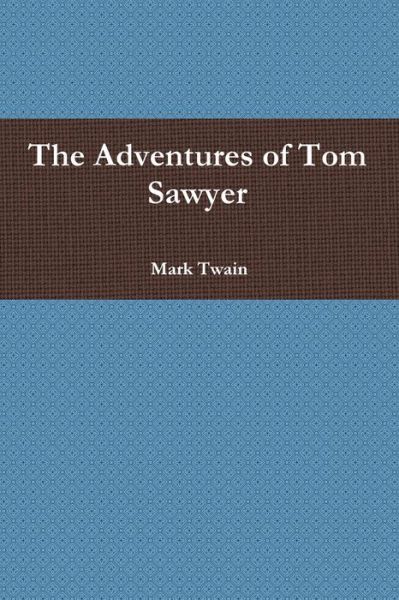


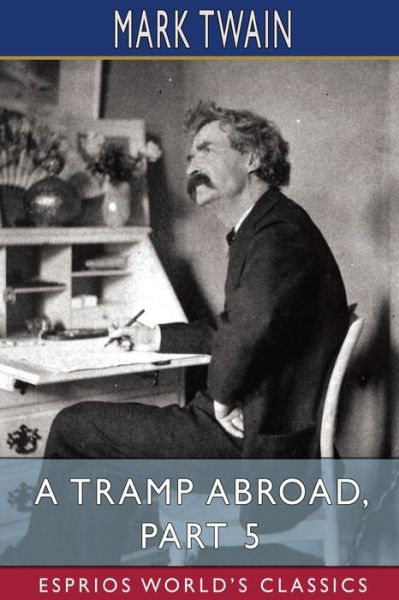


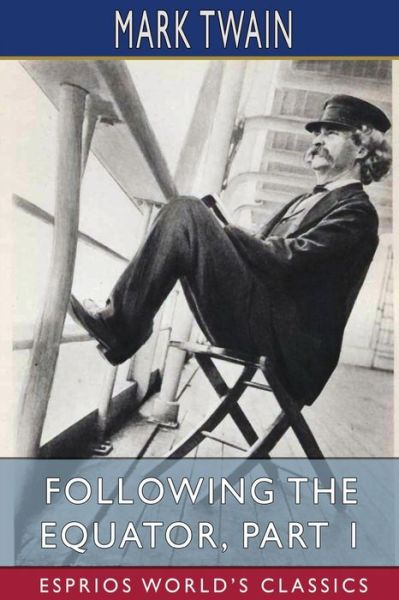
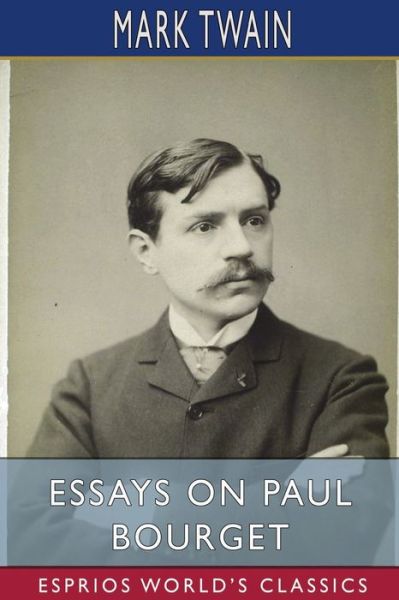
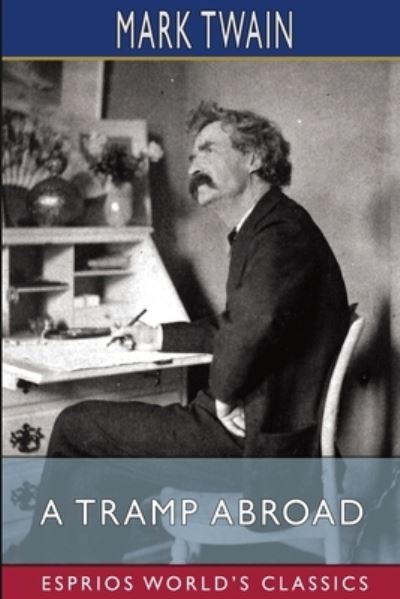

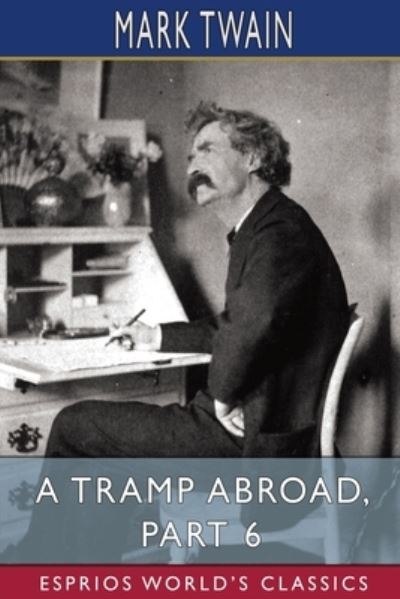
![Cover for Rune Lykkeberg · Det er punk at være positiv (Sewn Spine Book) [1st edition] (2024)](https://imusic.b-cdn.net/images/item/original/270/9788794504270.jpg?rune-lykkeberg-2024-det-er-punk-at-vaere-positiv-sewn-spine-book&class=scaled&v=1716831725)
![Cover for Hanne Abildgaard · Kirsten Kjær (Bound Book) [1st edition] (2023)](https://imusic.b-cdn.net/images/item/original/797/9788794102797.jpg?hanne-abildgaard-2023-kirsten-kjaer-bound-book&class=scaled&v=1680090387)
![Cover for Pia Lauritzen · Tænkepauser: Spørgsmål (Sewn Spine Book) [1st edition] (2015)](https://imusic.b-cdn.net/images/item/original/494/9788771248494.jpg?pia-lauritzen-2015-taenkepauser-spoergsmaal-sewn-spine-book&class=scaled&v=1421232264)
![Cover for Lene Kaaberbøl · Vildheks: Vildheks 3: Kimæras hævn (Bound Book) [1st edition] [Indbundet] (2011)](https://imusic.b-cdn.net/images/item/original/509/9788771050509.jpg?lene-kaaberboel-2011-vildheks-vildheks-3-kimaeras-haevn-bound-book&class=scaled&v=1333521576)
![Cover for James Dashner · Maze Runner: Maze Runner - Infernoet (Sewn Spine Book) [1st edition] (2015)](https://imusic.b-cdn.net/images/item/original/347/9788763837347.jpg?james-dashner-2015-maze-runner-maze-runner-infernoet-sewn-spine-book&class=scaled&v=1419344676)


![Cover for Professor Shoshana Zuboff · The Age of Surveillance Capitalism: The Fight for a Human Future at the New Frontier of Power: Barack Obama's Books of 2019 (Paperback Book) [Main edition] (2019)](https://imusic.b-cdn.net/images/item/original/855/9781781256855.jpg?professor-shoshana-zuboff-2019-the-age-of-surveillance-capitalism-the-fight-for-a-human-future-at-the-new-frontier-of-power-barack-obama-s-books-of-2019-paperback-book&class=scaled&v=1568713917)




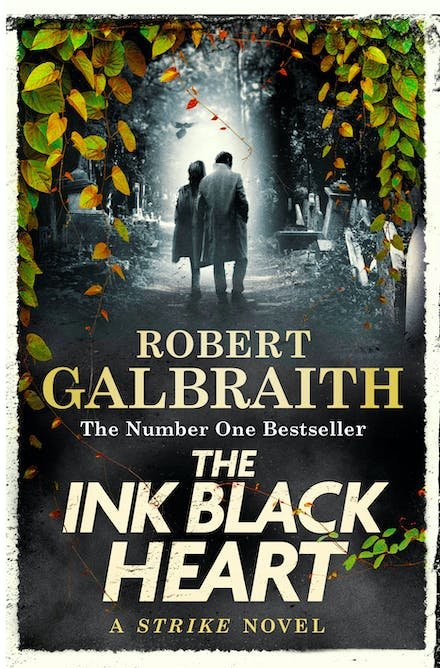
![Cover for Peter Henningsen · 100 Danmarkshistorier 39: Stavnsbåndet (Hardcover Book) [1st edition] (2020)](https://imusic.b-cdn.net/images/item/original/536/9788772192536.jpg?peter-henningsen-2020-100-danmarkshistorier-39-stavnsbaandet-hardcover-book&class=scaled&v=1606071040)
![Cover for De sidste timer (Hardcover Book) [5th edition] (2020)](https://imusic.b-cdn.net/images/item/original/627/9788774674627.jpg?v-a-2020-de-sidste-timer-hardcover-book&class=scaled&v=1585772307)
